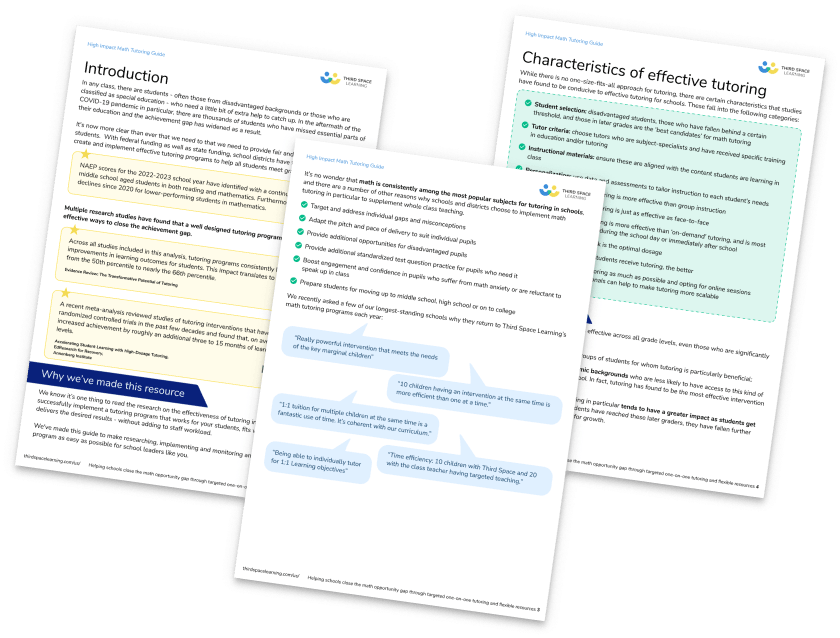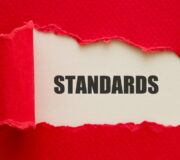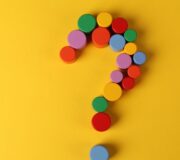10 Ridiculously Fun Math Lessons To Engage Your Grade 3-5 Students
These top 10 fun upper elementary math lessons are perfect for using with your 3rd grade, 4th grade or 5th grade math class, whenever you feel your lessons need a bit more of the fun factor.
From planning a vacation, to human bar charts; these fun upper elementary math lessons will make sure math is fun.
- Math Is Fun Lesson 1: Human Bar Charts
- Math Is Fun Lesson 2: Group Graph Gaffes
- Math Is Fun Lesson 3: You’re the New Math Teacher (Cross Curricular Technology Links)
- Math Is Fun Lesson 4: Share a Shape
- Math Is Fun Lesson 5: Where Should We Sit?
- Math Is Fun Lesson 6: Chez le Classroom (Money)
- Math Is Fun Lesson 7: Zero the Hero
- Math Is Fun Lesson 8: The Apple Scheme (Cross Curricular with PSHE, Geography and more!)
- Math Is Fun Lesson 9: Fill the Jars
- Math Is Fun Lesson 10: Plan My Vacation
Math Is Fun Lesson 1: Human Bar Charts
As well as being great for a mathematical understanding of bar charts, this outdoor math lesson is also a fun way to get to know your class a bit better.
Take them out to the playground or anywhere you can find a straight line on the ground (i.e. the length of the tennis court or soccer field). This will be your X axis. Then the width can be your Y axis on the left.
Then ask children to stand behind each other in answer to various questions. So, for example, “stand here if your birthday is in January” (point to a place at the start of the X axis and wait for the January birthdays to line up).
Then “if your birthday is in February stand here” and so on down the axis. When they are all in place you have your human bar chart.
If you can get a helpful person to take a photo from a window above, you can keep that too before moving on to the next question.
Other questions to ask (and form a bar chart around) might be the states their families are from, or if their favorite foods.
This works at any grade level because you can up or lower the difficulty simply by asking simpler or more difficult questions.
You could even pre-write categories on the floor for younger children such as favorite animals or pets. With more advanced students you could discuss continuous versus non-continuous data and ask them to make what they think are the right gaps between columns for this.
From my experience, this is a guaranteed fun math lesson that elementary schoolers will love!
Fun Math Games and Activities Packs for Kindergarten to 5th Grade
Get our printable individual packs for Kindergarten to Grade 5 containing fun math games and activities to do with your students.
Download Free Now!Looking for fun games to boost pupils’ learning? We’ve got several articles sharing teacher approved math activities and fun math games, including :
Math Is Fun Lesson 2: Group Graph Gaffes
Often we spend a long time teaching elementary students how to accurately draw graphs and charts, but we get frustrated when they miss out vital elements such as the labels and key.
Also, when teaching each in isolation, it can be tricky to get a deeper understanding of why they are using a particular graph type.
To combat this, I like to do a lesson all about the reasoning behind this by giving out a few information sets to groups (or pairs) of students, along with a laptop, and asking them to use this free web tool to create graphs for each data set.
They need to then assess how the graph looks and discuss whether it fits its primary purpose, i.e. To give the data to the reader in the most effective way possible.
I encourage them to try at least two graph types per data set before deciding which type they think is best for that set.
With the whole class, each group/pair needs to explain their decisions and reasoning with the class. We then discuss which we collectively think works best for each.
Data can be anything that works across a couple of graphs, (it has enough information to complete necessary fields) but that doesn’t work well at all in some of the other types. So temperatures from a one week forecast of a particular place, or the favorite pets of the class, and so on. The list is potentially endless!

Meet Skye, the voice-based AI tutor making math success possible for every student.
Built by teachers and math experts, Skye uses the same pedagogy, curriculum and lesson structure as our traditional tutoring.
But, with more flexibility and a low cost, schools can scale online math tutoring to support every student who needs it.
Find out more
Math Is Fun Lesson 3: You’re the New Math Teacher (Cross Curricular Technology Links)
This one is a great fun math lesson for elementary. It can be a very quick, no prep, lesson to have up your sleeve which (if you get the intro right) can deepen understanding in math and highlight misconceptions.
As such it is perfect for non class-based teachers who might get pulled to any class at a moment’s notice!
Ask students to create a math game on either SMARTboard, ActivInspire software, PowerPoint or whatever package you usually use yourself.
If they have had lots of games and activities modeled this way by you then it can be a simple case of a bit of ICT input teaching them how to use the software.
Or they could even plan it using paper and post-it notes if you do not have the software on all computers for them to use, and generally they will then focus on the math element.
You can set a very specific challenge, for example teaching math fractions to 2nd grade, and you may wish to give out to each individual or pair something they have personally either struggled with or really excelled at.
With the right encouragement and support, both work well and students exceed expectations and show you exactly what your own modeling has done for them!
The extra bonus is that if any of the games are really good you can use them in your classroom. Make sure you give them that as an incentive at the start and maybe give a prize at the end for the best ones.
More math activity ideas
- Best Elementary Math Activities
- 16 Fun Back To School Math Activities
- 19 End of year fun elementary math activities
Math Is Fun Lesson 4: Share a Shape
This lesson is perfect if your elementary schoolers are, or have recently been, quite loud and you need to calm the class or recover from a busy recess duty!
First up, have a bag of 2D and 3D shapes ready. Ideally they need to be small enough to hide inside a small hand.
Ask each student to come to the front, reach into the bag, and take a shape. They should then hide it and sit down silently, not showing it to anyone. You need to be quite firm with this so you may wish to ask anyone you saw reveal theirs or talk about it to return it and take another, as absolute silence makes the game more special.
When everyone has a shape, explain the rules. Then, when you say so (and only when you say so!) they need to walk in silence around the class and show their shape to one person at a time. Make sure there is no talking or hand gestures to convey meaning.
Each child must decide if their shape has any properties which match the properties of the person they showed it to. If they both agree (nods allowed or head shaking but that is all) then they stay together and move to someone else.
Gradually the pairs turn to threes and fours and so on. You wait until everyone has at least one other person with them. Still no talking until you ask a person randomly “Why did you decide to stay with this group?”
They will then give an answer like, “their shape also has three sides” and you check if everyone in the group has three sides. If not, then why did someone with no three sided shape join? “I joined as theirs also has one flat face.” All answers are valid at this point.
However, after each group has had a chance to discuss it, then ask the class if any of the reasons were not necessarily “shape related” such as if anyone made a choice based on color? Or texture? Then agree that for the next round you only use stale related reasons. Then play again.
Repeat until you are also getting more advanced properties vocabulary (this somehow magically happens each time you praise some!). If you want them to write it into their notebooks, ask each child to draw and describe their shape with all the properties that have been discussed about it.
Ask them to list it and write next to each of them another shape which shares that property, as appropriate; i.e. “Four sides (square)” for the person with a rectangle.
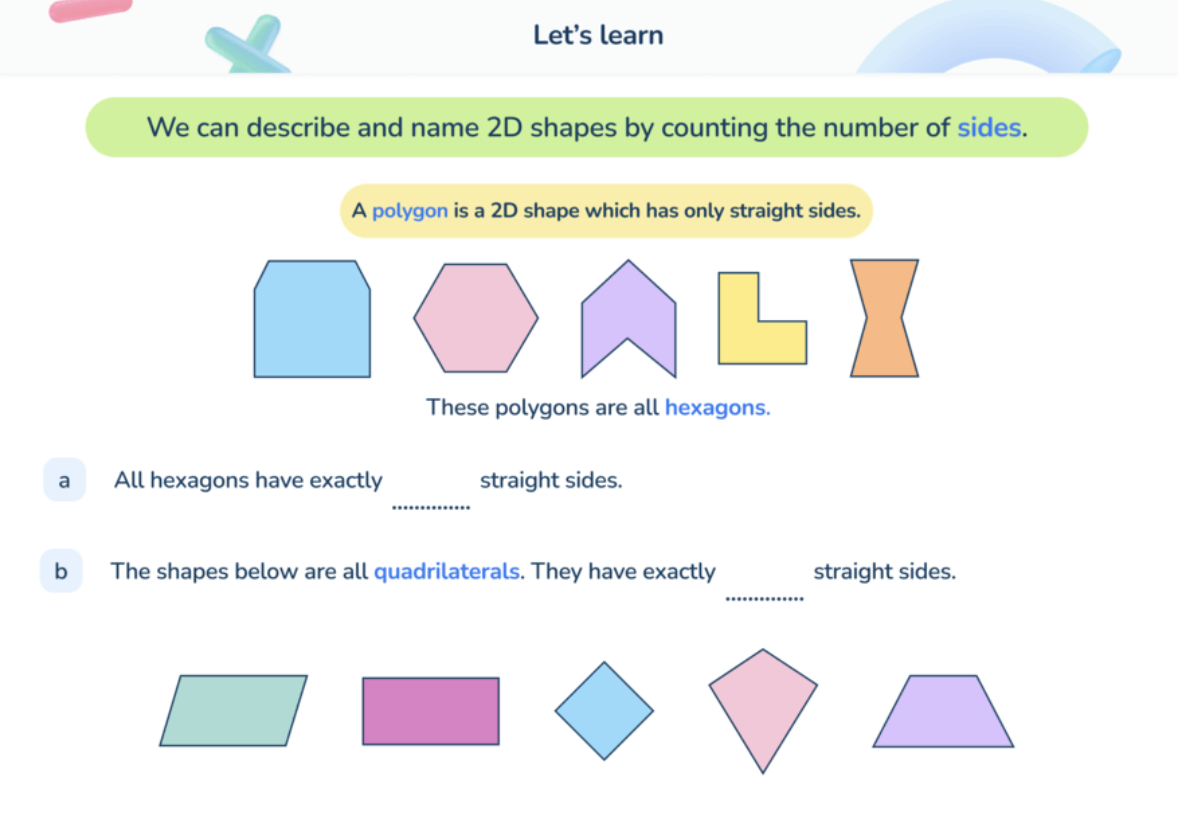
Math Is Fun Lesson 5: Where Should We Sit?
This fun upper elementary math lesson gets everyone outside and moving and measuring, and is a great opportunity for cross-curricular teaching with science and geography. Take the class out with measuring equipment including thermometers, data notebooks, and any other relevant equipment you have.
This lesson is an exploration. You will set the class a challenge to find the best place to sit at lunchtime. In groups, ask them to use the measuring equipment to measure various factors of four places in the outdoor area such as the sound level, air temperature, ground temperature, distance from the soccer field or cafeteria.
The categories are up to you and should match your environment and any interests of your class.
They then need to decide how to record their findings. Back in class they discuss the best place to sit based on all their measurements (expect to mediate some discussions but try not to give your personal view, leave that to them, just aid democracy a bit!)
Then each group presents their choice and reasons. They should include some of the factual information, for example how the ground here is coldest so we don’t want to sit there. They can also include personal choices based on the facts like “we chose to be close to/far away from the soccer field because…”
The main point is for them to get an understanding of how measurements fit into real world decisions and therefore how important accuracy is.
Math Is Fun Lesson 6: Chez le Classroom (Money)
What better way to spend a math lesson than to be waited on hand and foot? Well when you transfer your classroom into a French bistro, that is exactly what you get.
Give each table whatever props you have available – tablecloths, pre-printed menus, table numbers, aprons, pads and mini pencils etc. Ask them to set up their table restaurant. You can do this for them if you have break time first.
Give each table a pot of play money and ensure you keep some for yourself to pay. When ready you visit each table to ask for various items. They must add it up, ask for the money, then give you the right change. You can mix up groups or ensure the menus are differentiated by prices.
To save any table waiting for you, maybe send your higher ability children around too. Or for an even more authentic vibe invite the out of class staff and administration to visit the bistro. You could even lay on some real croissants for them if you’re feeling generous!
If this has got your class in the mood, why not try some math in French or if they need more help, here are some tips on teaching money.
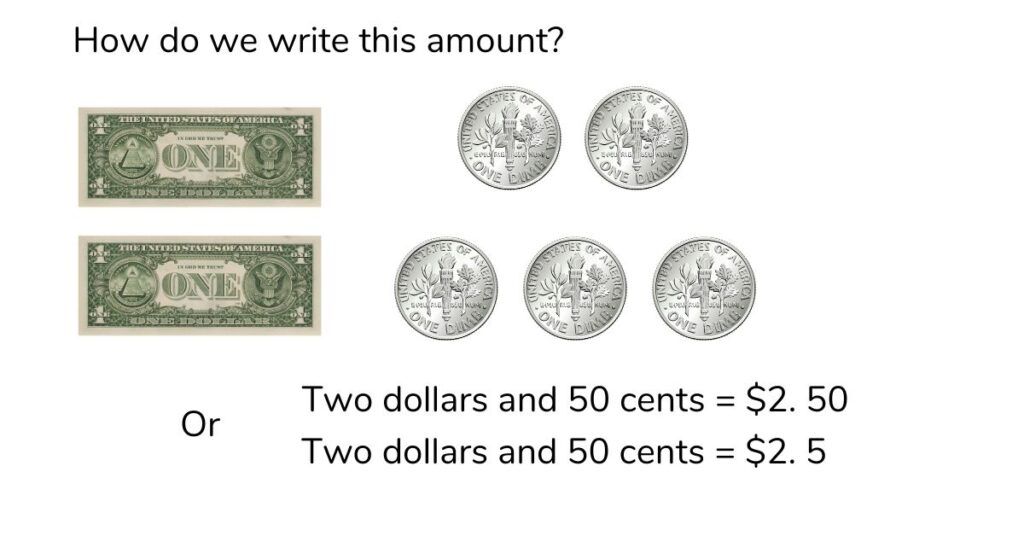
Math Is Fun Lesson 7: Zero the Hero
Who doesn’t love Zero the Hero, the fantastic math superhero? He’s the key element in any fun math lesson and flies to our aid whenever a placeholder is needed!
Whether you are multiplying by ten, or adding and ‘carrying’, Zero the Hero is your trusty friend.
Get some capes made with a zero on the back of each (well known costume shops sell great superhero capes) and each time you are doing some math practice with the whole class give your capes to two or three children or as many as you may need.
It is their job to fly into play when they feel needed! Every time they think a zero place holder is needed they need to jump up, shout “to the rescue!” and strike a superhero pose fitting of a math master! And with a little modification, this can also make a fantastic field day math activity.
Math Is Fun Lesson 8: The Apple Scheme (Cross Curricular with PSHE, Geography and more!)
The Apple Scheme has a budget focus which can be used across the age ranges, you simply decide how hard to make the budget cut!
Put students into groups (can be individual with more able or older students) and give them a list of jobs that are commonly needed in a small town or village, such as a doctor, teacher, bank manager, road sweeper, shopkeeper, police person and so on. Tell them they are the mayor of their town.
They need to decide how much to pay each member of their town. The pay is in “apples” and they can pay between 0 and 5 apples a week per person. Let them decide who earns what and how much to pay them.
If you want this to be a cross curricular project this can then involve many class discussions on: the worth of jobs, parity of pay, likelihood of someone leaving if not paid enough, impact of cost to study for certain jobs etc so great for SEL and human geography.
Once they have decided you tell them there is now a recession. Then either give them an exact budget (45 apples a week) for the town, or tell them to cut wage spending by 10% (or harder, if the students are up for it) and then they must decide whether to cut all wages, or some, or sack some jobs all together, to make the budget work. This is a great way to practice problem solving skills.
A valuable budget lesson but one which makes them focus on human aspects while doing all sorts of calculations without even realizing the amount of math they are doing in one lesson!
Math Is Fun Lesson 9: Fill the Jars
A really fun one for a hot, spring day at the end of elementary school. Take lots of jars, buckets, containers of all shapes, sizes and types, to the playground. Get the biggest buckets filled up to the brim. And ensure you warn your lovely school custodian of what will happen.
You may wish to have waterproof aprons ready too. This challenge can be set in groups or pairs. Ask the children to find out the volume of as many containers as they can in the time given – including finding out how much water they had in their bucket to start with!
You will need to know the answer to each of them too, so number each of them after you checked this out then have a list ready.
Each group needs at least one measuring jug and will hopefully figure out early on that this is a good one to use for the others! The more water they spill, the less likely they are to find out how much water was in their own bucket at the end (you can give different amounts in each bucket for differentiation).
The winning group has the most answers correct and must be within 10-20% of their bucket total (you can decide how generous to be with that but I suggest not telling them how generous you will be till the rand to avoid too much water spilt!)
Math Is Fun Lesson 10: Plan My Vacation
Set the scene:
“So I’m off on vacation and I need you, my class, to help me plan it. Here is a timetable of all the different excursions and trips I could book for.
These are also some other activities I would like to do (sunbathe for at least four hours, go shopping at the market for two hours).
This is a map of my resort with the routes and distances between each place. I want to get up at 8am each day and be in bed by 10pm. Here is a timetable for you to complete for me.”
Then let each group discuss and plan a vacation for you. All about time, and a bit of common sense for traveling between things, and maybe remembering you need to eat lunch! They need to look at the timings of events and think about how far each thing is from the next.
The blank timetable should have a space for each hour or half hour for each day of the vacation (differentiate here as required) so they can fill it in. You may want them to color code it showing one color for events and one for travel.
More fun seasonal math activities:
- Christmas math quiz, Christmas math activities and Christmas math lessons!
- Awesome fall math activities
- 15 free math starters for elementary, suitable to use whenever your class needs an energy burst.
Do you have students who need extra support in math?
Skye—our AI math tutor built by experienced teachers—provides students with personalized one-on-one, spoken instruction that helps them master concepts, close skill gaps, and gain confidence.
Since 2013, we’ve delivered over 2 million hours of math lessons to more than 170,000 students, guiding them toward higher math achievement.
Discover how our AI math tutoring can boost student success, or see how our math programs can support your school’s goals:
– 3rd grade tutoring
– 4th grade tutoring
– 5th grade tutoring
– 6th grade tutoring
– 7th grade tutoring
– 8th grade tutoring
The content in this article was originally written by EdTech consultant and multi-award-winning former primary teacher Jodie Lopez and has since been revised and adapted for US schools by elementary math teacher Christi Kulesza.
